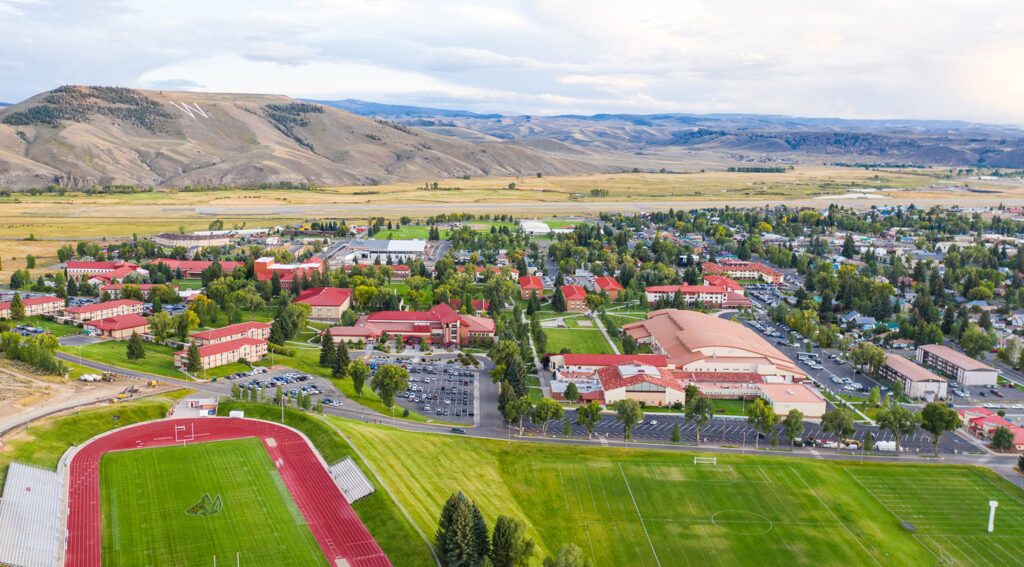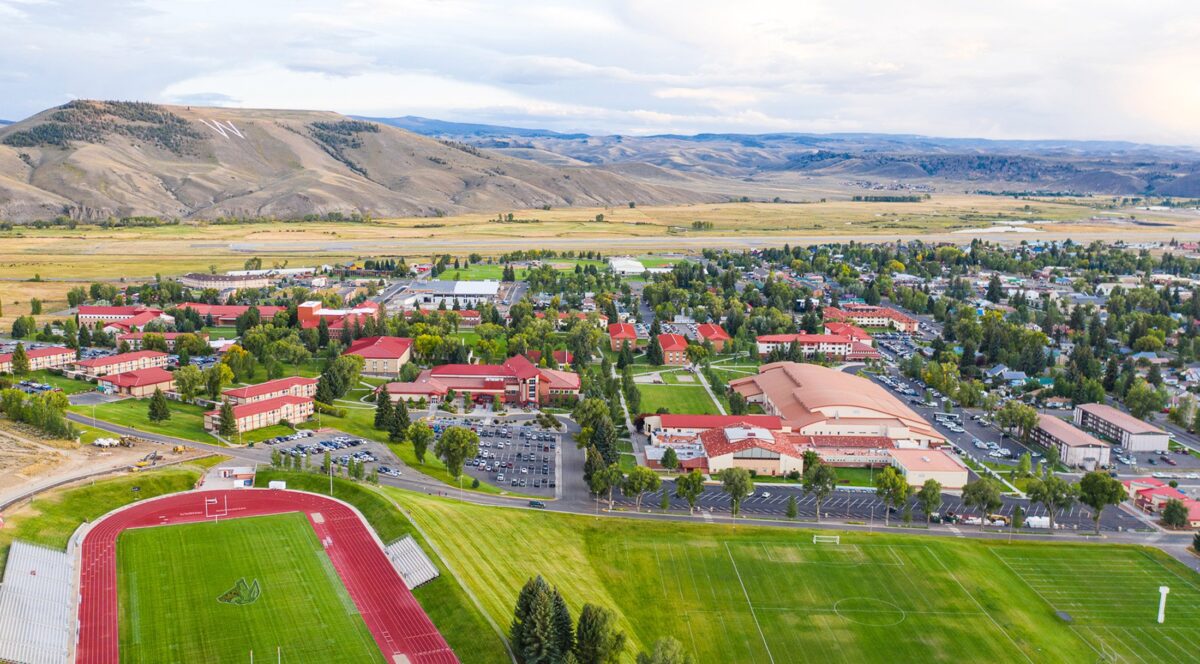
Representation matters. As with any large entity (and especially publicly funded ones), representation from the various stakeholders on college campuses, including Western’s, is critically important to its proper functioning. On college campuses across the country, this representation primarily comes through Student Government Associations (SGA), the recognized vessel for student voices and an open forum for students to raise awareness on campus-wide issues, establish student priorities through bills and funding proposals, and hopefully improve the student experience through democratic practice.
On SGA’s portion of the Western website, a portion of their mission statement reads: “The Student Government Association’s mission is to better serve the students and make sure that all students are involved with the decisions we make. The Student Government Association (SGA) acts as the official voice of the Associated Student Body and protects the rights and privileges of the student body.”
At Western, SGA allocates all of the start-of–year funding for clubs and student groups (more than $350,000), and is the main conduit for groups to obtain more money should they need it, via the passage of additional funding bills.
Western’s SGA structure features 23 members, including an Executive Board composed of a president (currently senior Adam Engleman, who represents the undergraduate student body on Western’s Board of Trustees), two vice presidents, a treasurer, and a secretary, accompanying a cadre of senators. SGA also officially includes an Advisory Board, composed of ambassadors and representatives to various segments of campus, including NCAA Athletics, sustainability, Residence Life, the Multicultural Center and Program Life, among other facets of campus life.
So what is missing from this picture? Despite the presence of more than 400 graduate students across eight distinct programs of study, graduate students have zero representation on SGA, not even in the form of an observing, non-voting member. The administrative reason for this is that graduate students do not pay into the SGA coffers.
In fact, graduate students are largely treated as a separate student body by the university. Separate, but largely absent. The Sustainability Fund, administered by the Sustainability Action Committee (SAC), is only open to undergraduate applicants, as they pay the nominal fee per semester into the coffers (it’s in the neighborhood of $10).
Why not open the fund up to graduate students and unlock an additional avenue of funding for enterprising students? An MEM student entering the program with fellowships, financial aid or other scholarships can expect to shell out around $35,000, it is unlikely that such small fees semester will be responsible for breaking the bank.
While this separation of student bodies may make sense for the several hundred graduate members primarily receiving their education online while juggling commitments with their work, family lives, and other demands, this treatment exacerbates an already-present rift in the campus community. It also overlooks on-campus graduate students, who utilize many of the services and programs overseen by SGA.
With no graduate student representation on SGA, the Faculty Senate, the Curriculum Committee, or on the Board of Trustees, the views of an entire subset of students are largely excluded. In the Master’s of Environmental Management (MEM) program, there are internal methods of communication through which to give feedback, mainly paid student success advisors who act as liaisons between students and faculty. This program is important, and should receive future funding (and likely could benefit from expansion in size and scope), but by itself it is not nearly enough.
This issue is of heightened and increasing importance because Graduate programs at Western are seeing a resurgence after a period of relative dormancy. The MEM program, along with the master’s programs in Exercise Sports Science, Outdoor Industry Business, Creative Writing, Ecology, Gallery and Museum Management, and the Rural Sociology in Community Health program are all nascent programs, many of which are trending upwards in enrollment.
Part of this uptick is the increasingly popular 3+2 academic track, which allows students to complete an undergraduate and master’s degree in a given field in five years. These programs are the latest development in an academic arms race aimed at attracting students in an increasingly unfavorable market for institutions, amidst declining student enrollment, notably not-declining costs for students, and a broader rethinking of the purpose of education, both public and private.
The presence and importance of graduate students at Western is only expected to increase, and new programs are likely within the next several years. Western administrators should anticipate this and extend decision-making privileges to graduate students to join SGA, the Board of Trustees, Faculty Senate, Graduate Studies Council, and other important committees relevant to their academic experience as full, voting members. The time has come to give graduate students a voice in the broader Western experience, negligible additional fees aside.

